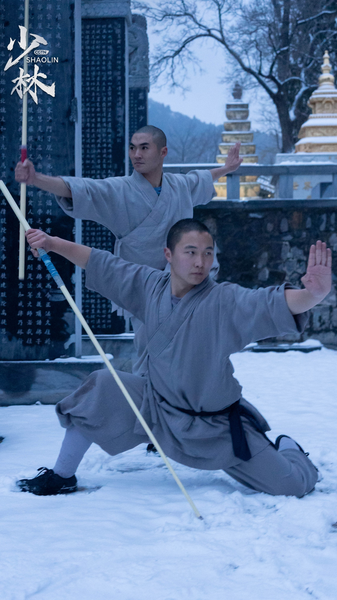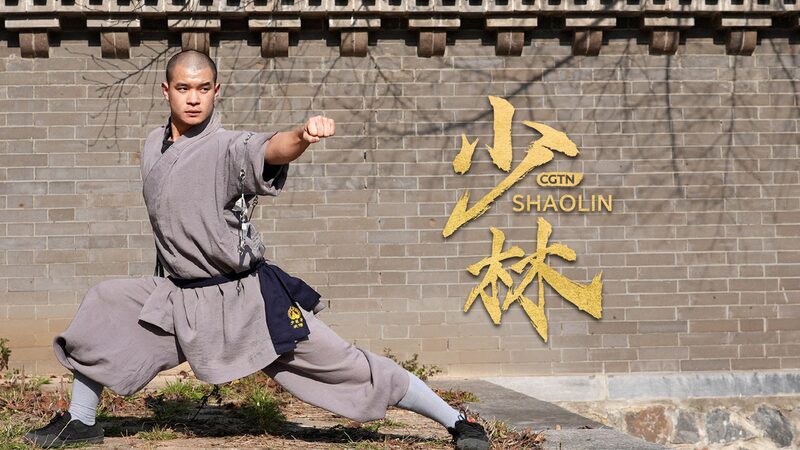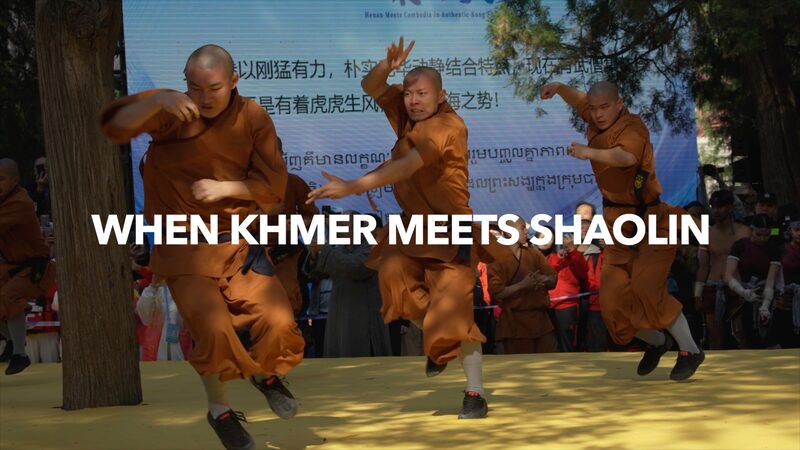Ever wondered how ancient warriors wielded their legendary blades? 🏯 Two Shaolin masters are breaking down the secrets of China’s iconic chunqiudao (Spring-Autumn falchion) and podao, weapons steeped in history and martial magic. Let’s slice through the centuries! ⚔️
The Chunqiudao: Guan Yu’s Mighty Legacy
Picture this: a curved blade swinging from horseback, channeling the might of Guan Yu, the Three Kingdoms-era general-turned-deity. 🌙 The chunqiudao is all about power—its sweeping arcs mimic lunar crescents, designed to dominate battlefields. Modern kung fu? It still demands strength and fluidity, a nod to its mounted combat roots.
Podao: Speed Meets Strategy
Fast-forward to the Song Dynasty. Warriors needed agility for close combat, and the compact podao delivered. Think lightning-fast slashes, tight blocks, and spins that’d make a TikTok dancer jealous. 💃 Today, it’s a favorite for drills emphasizing precision and reflexes.
From History to Hyper-Modern Dojos
While these blades once differed wildly in size, modern Shaolin adapts them to match practitioners’ builds. Tall or petite, there’s a version for you—proving tradition isn’t stuck in the past. “These weapons aren’t relics,” says one master. “They’re bridges to our heritage.” 🧘♂️✨
Reference(s):
cgtn.com








